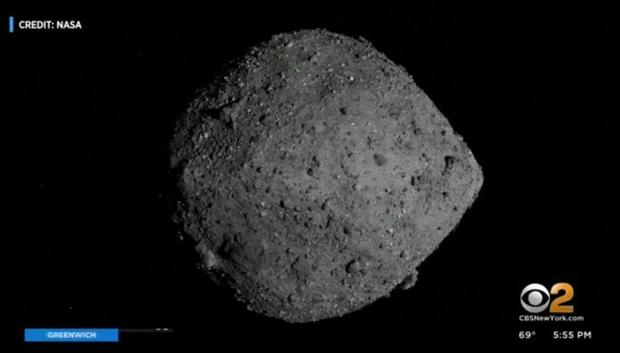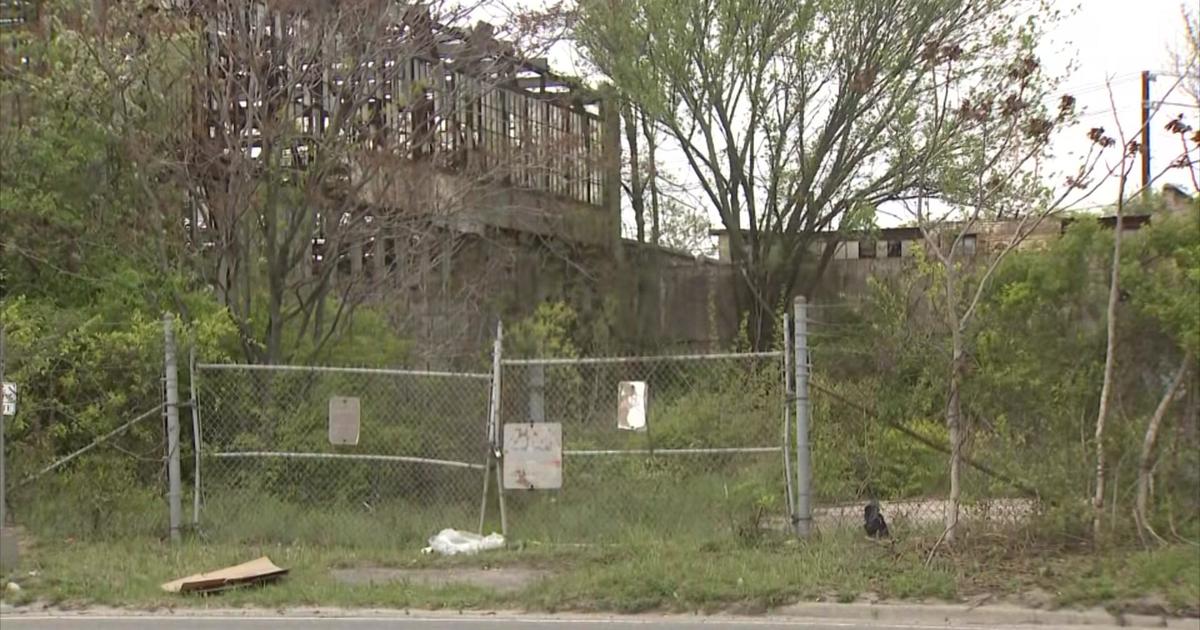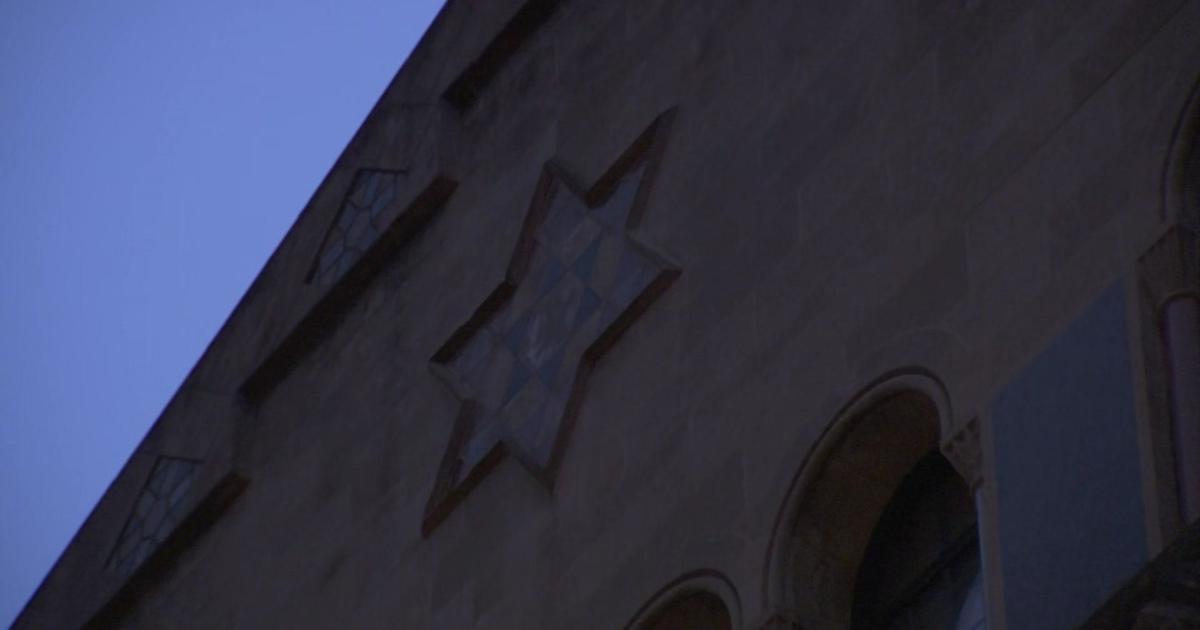NASA Successfully Completes Historic Landing On Asteroid
NEW YORK (CBSNewYork) -- NASA made history on Tuesday.
The agency successfully completed the first-ever attempt to land on an asteroid and took a sample that could hold secrets to life forming on Earth.
"This is a huge, historic milestone for NASA. It's a first," said Thomas Zurbuchen, head of science at NASA.
Zurbuchen told CBS2's Vanessa Murdock that the spacecraft OSIRIS-REx launched in 2016, arrived at the asteroid, know as Bennu, in 2018, and spent time nearby to study and map its surface. The rock is 200 million miles away from Earth.
OSIRIS-REx touched down on the asteroid for approximately 16 seconds. A robotic arm then grabbed a handful of soil and rocks, before the spacecraft took off again.
The samples should return to Earth in three years.
"This sample will tell us about this history of the entire solar system, history of the Earth, and perhaps even life on Earth," Thomas Zurbuchen said.
OSIRIS-REx had to dodge boulders the size of buildings to reach the asteroid's surface.
NASA believes asteroids like Bennu are full of organics that seeded the Earth and gave rise to chemicals that are the foundation for life on our planet.
The sample is one of two reasons this mission matters so much. The other?
"We need to understand (asteroids) because every once in a while one hits the Earth," Zurbuchen said.
In the later 2100s, the odds of Bennu impacting the earth are 1 in 2,700. So understanding how it rolls through the solar system at more than 60,000 mph means scientists can make better predictions for when any asteroid might crash into Earth.
"There's so much out there that we don't know about," said Denton Ebel, curator of meteorites at the American Museum of Natural History.
MORE FROM CBS New York
- Stimulus Package Update: Is Time Running Out On A Possible Second Stimulus Check?
- 19-Year-Old Woman Killed, 2 Men Wounded In Shooting At Party Inside Bronx Club
- As New Yorkers Rethink Mass Transit, Here's What To Do With Money Already On Your MetroCard
Ebel told Murdock he's keeping his fingers crossed the mission continues to be a success.
"This place is tiny that they're going to," he said. "This by no means seems tiny -- bigger than the Empire State Building."
NASA has shown a comparison showing Bennu is indeed bigger than the Empire State Building.
"In cosmic proportions, tiny. You put this in a crater on the moon and you wouldn't even see it," Ebel said.
Still, getting hands on a sample is priceless.
"Are you guys getting access to the sample material or no way?" Murdock asked.
"That is yet to be seen," Ebel said.
Bits from Bennu should reach Earth in 2023 and will be studied for decades to come.
Bennu is just one of more than 700,000 asteroids in our solar system. It was chosen for this mission because it's a good combination of threatening and exciting to science.
The OSIRIS-REx mission is a joint public-private venture, costing roughly $1.5 billion.
You can get the latest news, sports and weather on our brand new CBS New York app. Download here.




